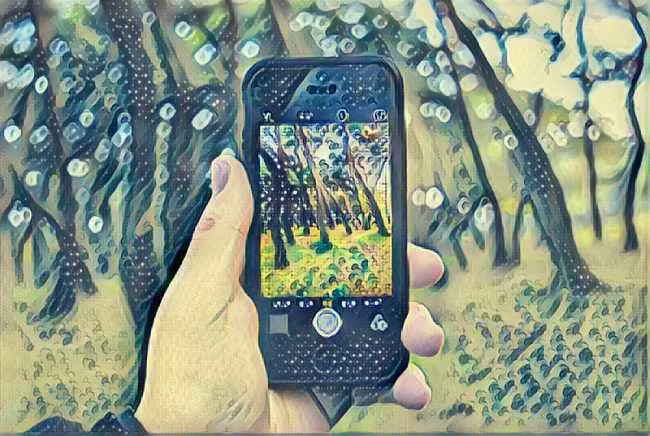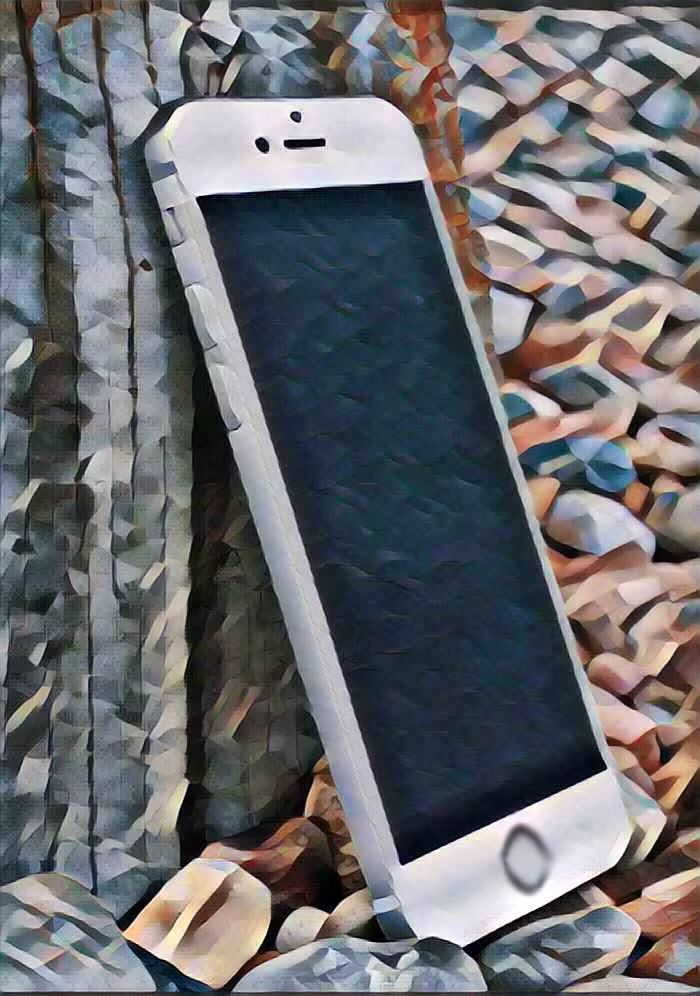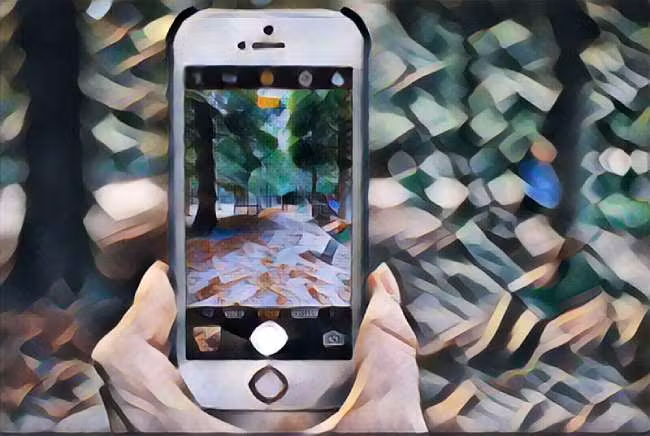Since the advent of smartphones, camera technology has advanced dramatically.
Today's smartphones come with cutting-edge features such as multi-camera setups, high megapixel counts, and sophisticated post-processing algorithms.
Among these advances, depth sensors, also known as time-of-flight (ToF) cameras, deserve special mention.
These cameras calculate the exact distance between objects in a scene using lasers.
To do this, they determine the time it takes for a laser beam to travel from the source to the object and back.
Some contemporary devices, including smartphones, incorporate this innovative technology.
The question is: can a smartphone equipped with a depth sensor be used for professional photography? This is what we will explore in this article.
All the news on A smartphone with depth sensor, useful for professional photography? in our articles.

Benefits of Depth Sensor Cameras
Before we get into the details, let's first look at the benefits of using a depth sensor camera for professional photography.
Bokeh and background blur
Obtaining a bokeh effect Artistic (background blur) is one of the main benefits of using a depth sensor camera.
The bokeh effect refers to the aesthetically pleasing blur of the background, which highlights the subject and creates a sense of depth.
This effect is commonly seen in professional photography, particularly in portraiture. Using a depth sensor allows you to achieve a more refined and precise bokeh effect.
The camera can accurately detect the distance between objects in the scene, ensuring a more realistic representation of the subject and background.
Artistic control
Another important advantage of depth sensor cameras is the expansion of creative possibilities.
By accurately measuring the distance between objects, the camera can generate a more convincing impression of depth and dimensionality.
This feature allows photographers to exert greater control over the final image, producing visually striking compositions.
Superior low-light performance
Smartphones equipped with depth sensors excel in low-light environments. These devices collect excellent visual information, making them suitable for indoor, evening and night photography. This advantage opens up new perspectives for event and party photography, where lighting conditions can vary.

The shortcomings of smartphone cameras
Although depth sensor cameras offer many advantages, smartphone cameras still present obstacles.
Three significant limitations are the lack of optical zoom, adequate stabilization, and extensive manual controls.
Optical zoom and stabilization
Optical zoom allows photographers to zoom in on a subject without sacrificing image quality, which is essential for wildlife and sports photography. Unfortunately, smartphones use electronic zoom, which requires photographers to get closer to their subjects to achieve satisfactory results.
Although there are alternatives to digital zoom, image quality decreases noticeably with successive enlargements.
Manual controls
Unlike specialized cameras, smartphones require more manual controls.
Although smartphones offer some manual adjustments through software, they fall short of specialty cameras when it comes to full control and customization options. Individual white balance adjustment would be useful in scenarios where automatic white balance is sometimes insufficient.

The same goes for manual focus, useful in conditions where autofocus may prove difficult.
Software updates and changes
Tremendous progress has been made in smartphone camera technology in recent years.
The new high-quality apps mainly meet the needs of smartphone photography enthusiasts.
Still, some features will still be rare until August, like raw image capture, night mode (low-light imaging), and nifty business maneuvers like showcasing exclusive shooting styles.
Conclusion
In conclusion, although smartphone depth sensor cameras face challenges, they offer exciting prospects for professional photography.
Depth sensors provide precise measurements of the distance between objects in a scene, which helps create soft focus effects and provides greater artistic freedom.
Additionally, they provide exceptional performance in low light conditions. However, they lack optical zoom, stabilization and full manual controls. Despite these restrictions, software developments promise to narrow the gap between smartphone cameras and mirrorless cameras.
Using a smartphone with a depth sensor for professional photography ultimately depends on your needs and preferences. Carefully consider factors such as image quality, manual control and specialized functions essential to your business.
Find all our articles on A smartphone with depth sensor, useful for professional photography? to help you.